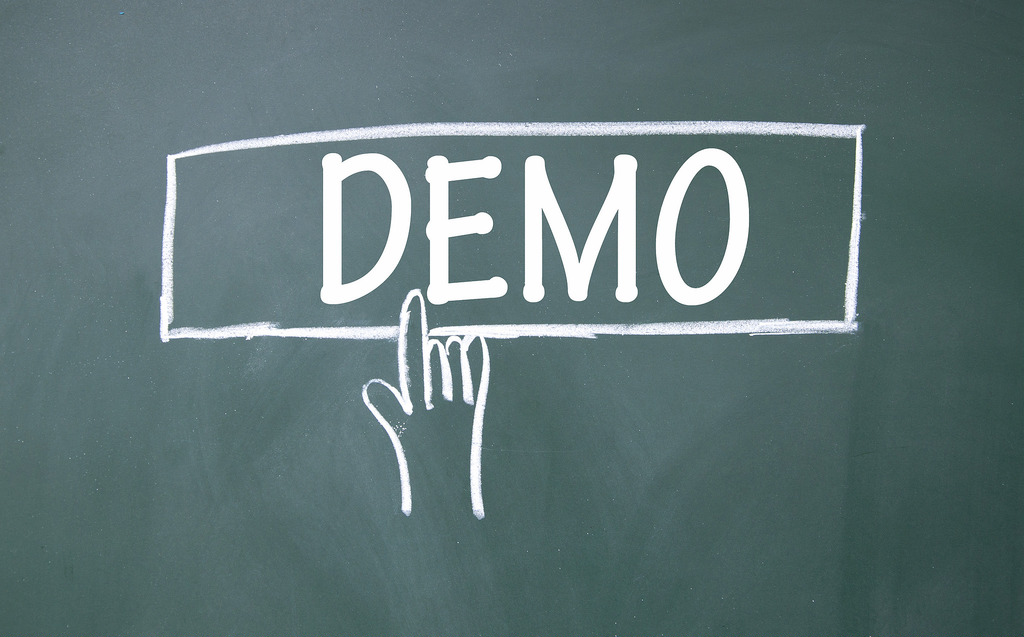 You’ve agonized over your subject line. Your offer is spot on. You’ve segmented your lists so you know this email is going to just the right audience. But have you put enough effort into the ask, what we call the “call to action”?
You’ve agonized over your subject line. Your offer is spot on. You’ve segmented your lists so you know this email is going to just the right audience. But have you put enough effort into the ask, what we call the “call to action”?
If not, you are jeopardizing all the other work you’ve done.
Ways to Ruin Your Call to Action
Your subject line gets people to open your email. Your body copy gets people to read your email. And your call to action (or CTA) gets people to act on your email—or it should at least. That’s its job. But it’s harder than you’d think to get people to click, and it’s really easy to ruin your CTA’s chances of success. Three easy (and common) ways to ruin your CTA are:
- Bury it, either within the text of your email or way down at the bottom below lots of scrolling.
- Use vague wording as in “Click Here,” wording that has nothing to do with the actual CTA or offer.
- Make the button too small for clicking on a smart phone.
8 ways to improve your calls to action
In addition to avoiding those ways to ruin it, however, there are also many ways of improving your call to action, even if you’re already spending a lot of time on it. Consider these eight ways to drive more action with your call to action:
- Include it more than once. A good rule of thumb is to include the call to action in the text of the email as linked words and then also as a graphic, meaning a button. If you use a button more than once, make sure you use the same words on each button so people know it’s the same CTA and going to the same place.
- Be specific so the CTA gives the person some idea what they will get by clicking (the opposite of the generic “Click Here.”)
- Make it actionable by starting with a verb, as in these examples of specific (as described above) and actionable calls to action:
- Download the eBook
- Register for the event
- Schedule a consultation
- Start your free trial
- See what others say
- Redeem your coupon
- Get my guide
- Make an appointment
- Talk to an agent
- Read the review
- Segment and use a CTA appropriate to each audience. An audience that knows your brand well and is likely to respond to your offer should get a harder hitting call to action such as “Buy Now” or “Place Your Order.” On the other hand, people new to your list who perhaps haven’t even bought from you yet would get a softer call to action that asks for a smaller commitment such as a “Learn More” or a “Get Your Free Sample” call to action.
- Test, test, test. Test the words used for your CTAs, but also the placement, size and color of the button, as well as any other variables you can think of.
- Make sure the CTA is easy to see, on desktop screens as well as on mobile devices such as smart phones. If someone is quickly scrolling through your email, will the CTA jump out at them?
- Design the button so it is easy to click from mobile devices.
- “Sell” your call to action by making sure your email message is focused on driving people to click. Your body copy should have the goal of getting them to that CTA and willingly clicking on it.
Your call to action is like the frosting on your cake. What’s a cake without frosting, and what’s an email that’s not driving a response? Pay attention to the CTA, to drive as many actions as you can…and more interactions with your brand.
Photo Credit: firn_line Flickr via Compfight cc
This article was first published on Integrated Marketing Association.
